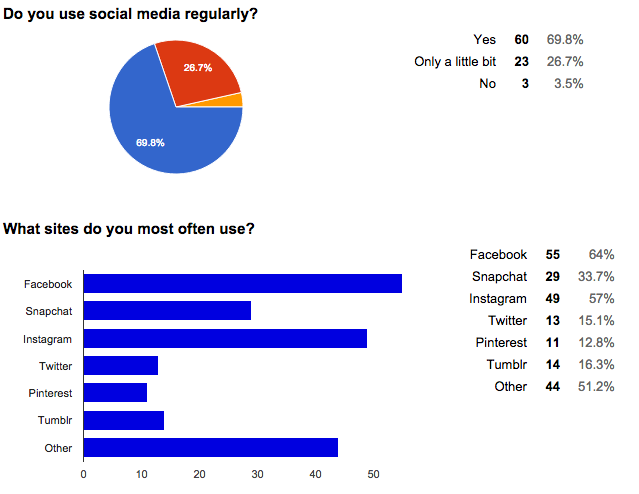In the past, when I thought about infographics I always associated them with posters and designs that combined words and images with (hopefully) good typography. Seeing the range of examples in this weeks reading has opened up my perspective on it a fair bit: maps, charts, diagrams, and even videos all count as infographics as well. At first I thought that it would be a bit of a struggle to create an infographic, but now it seems like I’ve been creating them throughout the year.
Last September I attended a Google Summit at Concordia International School in Hanoi, and I attended James Sayer’s workshop on Google Fusion Tables. If you not familiar with them, Fusion Tables are like Google Maps on steroids. You can create custom maps that display text, charts, videos, pins, and polygons. Even more, you can create them from tables and spreadsheet data, so they integrate well with other Google Apps. Although it was difficult to follow along because they were not activated for our school domain, James’ presentation was fascinating. Above are the slides from his workshop, along with the Google Folder that has his examples.
Since then I’ve been looking for ways to use Fusion Tables in both my own projects and with teachers. Last fall, I designed a Fusion table for a project that two foreign language teachers were doing. The project was like a 21st century version of the old ‘create a travel brochure’ assignment that I did when I was in school. Instead of making a brochure, the students created a visual tour using Google Tour Builder (another of Google excellent mapping tools). My extension was to create a Google Form that took the students’ information and created a Fusion Table that updated itself with each form submission. I bought the domain ‘www.virtualtrips.org‘ and put it up on my web host. Here is the fusion table from the site:
The more that I work with them, the more applications that I see for them. I’m working on a project now with an Earth Science teacher where the students are creating presentations and videos and then embedding them in a world map so that they can easily compare from one country (or region) to another.
The British newspaper, The Guardian, has done an excellent job of using Fusion Tables to demonstrate the connection between violence and poverty, as this map shows. Fusion tables also can be used as more traditional charts, though more interactive, as the Web Application Security Consortium shows.
I just found this cool Fusion table about Toronto’s traffic patterns that makes sense of a massive amount of data, both clarifying the patterns so that we can find meaning and also helping drivers choose optimal routes.
Finally, I’m excited about the potential for maps to be used by students who are writing fictional stories, or creating fictional worlds. Here is a link to a post from writer Rachel Aaron about how excited she was when she realized that she could use Google Maps to calculate travel routes, distances, and times for her stories. I also found a non-Google tool called Wikia Maps that allows people (eg. students) to create their own maps of fictional places so they can plot out and design their own country, culture, or world. Finally, for the super nerdy, Google lets you do the same thing through Javascript and their Maps API.
Fusion Tables, maps, and more – they’re really all just a special type of infographic. What we call infographics are nothing more, and nothing less, than communication through images, text, and possibly sound. They’ve been around for thousands of years, and it’s great to see how modern tools are making them ever more powerful.

